Manon headed back to California last weekend, and I’ve been gradually wrapping things up here too. Part of that process is saying à bientôt to the parcs and forests and the Jardin Botanique. But in doing so, I discovered a subtle change taking place. Bear with me a bit, and I’ll show you what I mean (this is a very long posting, and sometimes you’ll need to click on the pictures/enlarge them to see the relevant details).
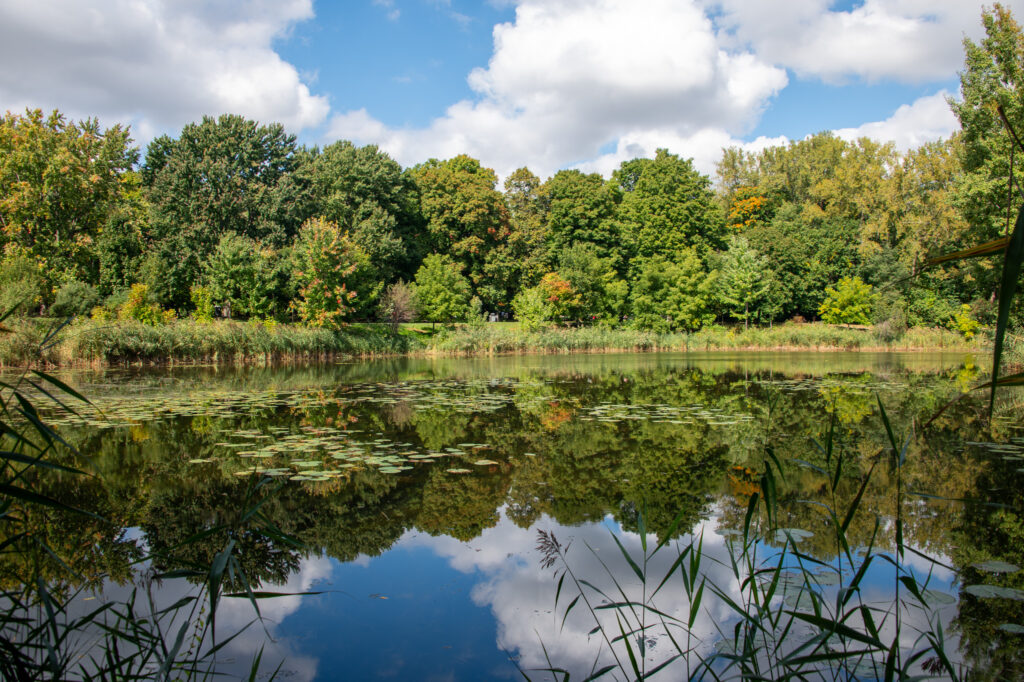
It started with a few trees looking like something mysterious was going on.
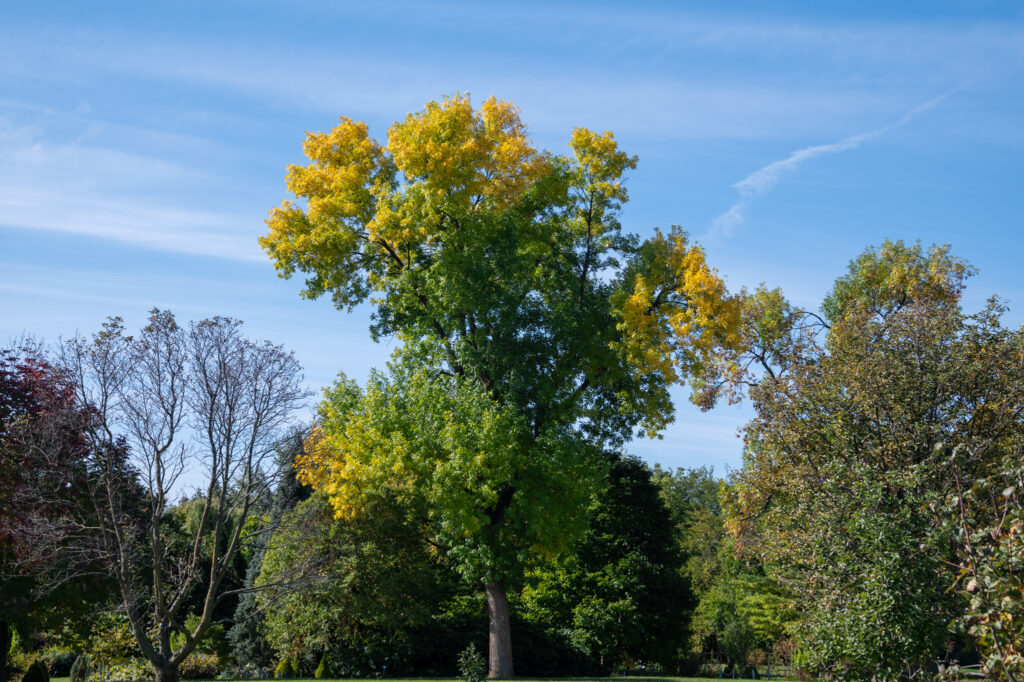
Something around the edges seems to be … different. In some places, entire trees were no longer matching their neighbors.
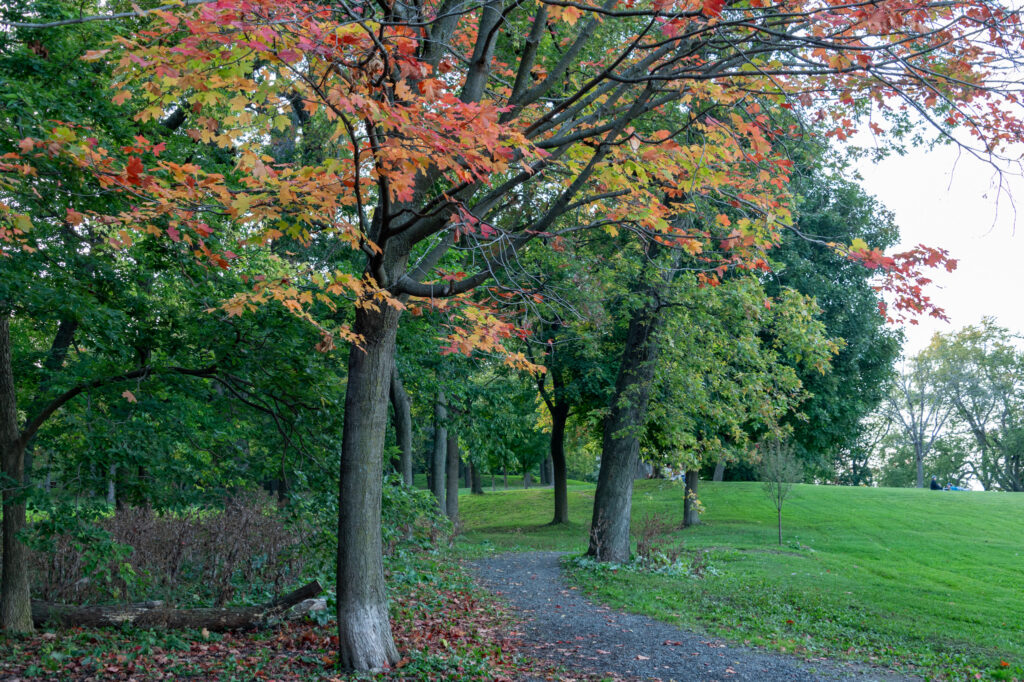
Notice how that one tree doesn’t look like the others. Yet just a few weeks earlier, it looked very much like the trees around it.
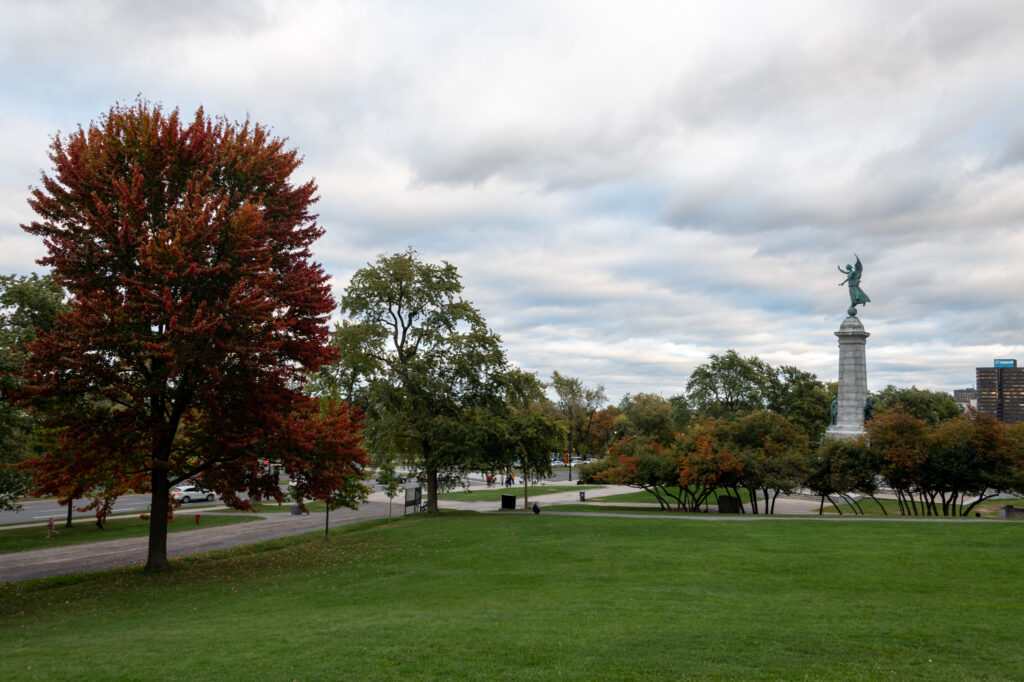
Whatever it was that was happening didn’t strike every tree, or even all of the same kind of tree. I’d see two trees right next to one another, and one looked like usual, but the other was … different.
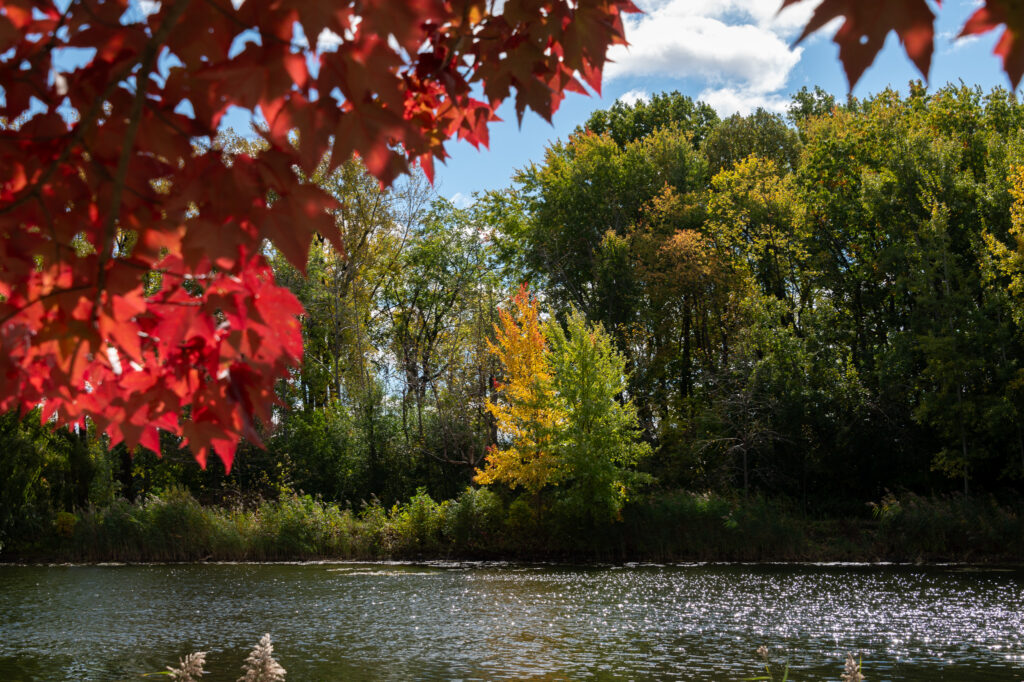
It wasn’t always the full tree, either. Sometimes it was just a branch here or there.
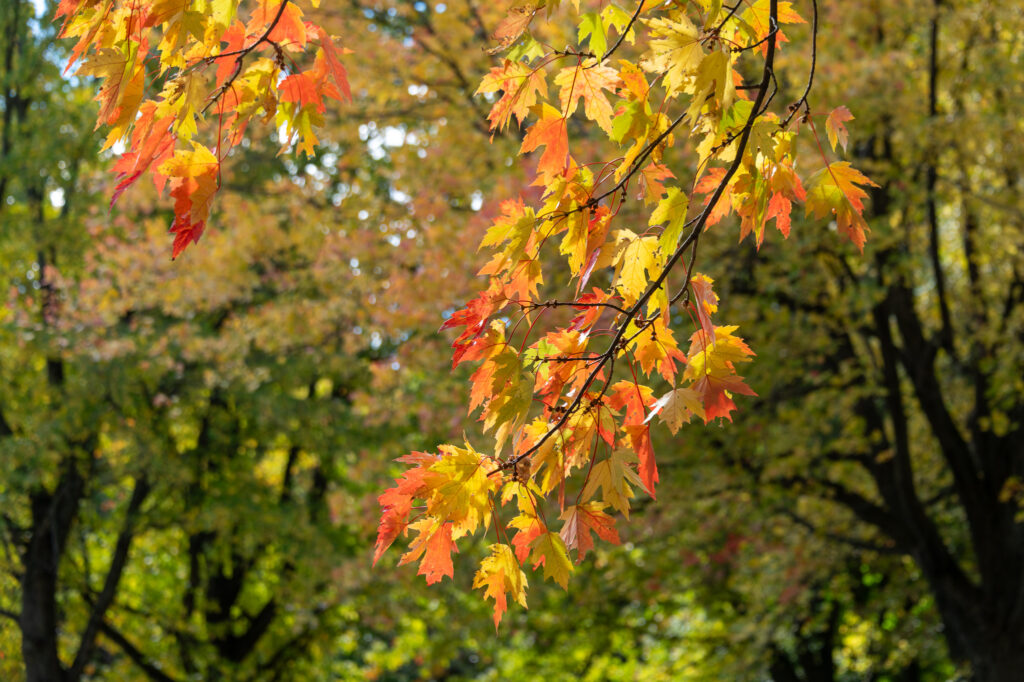
And even more odd — sometimes the effect would hit some leaves on a branch and spare the others.
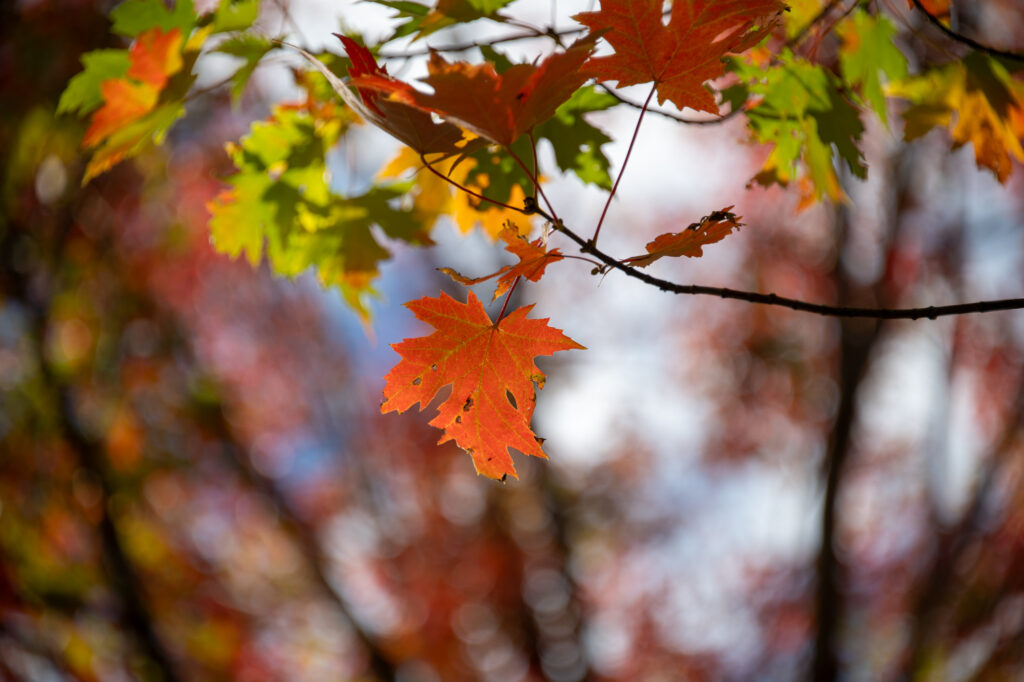
The effect was admittedly pleasing, but it was also concerning.
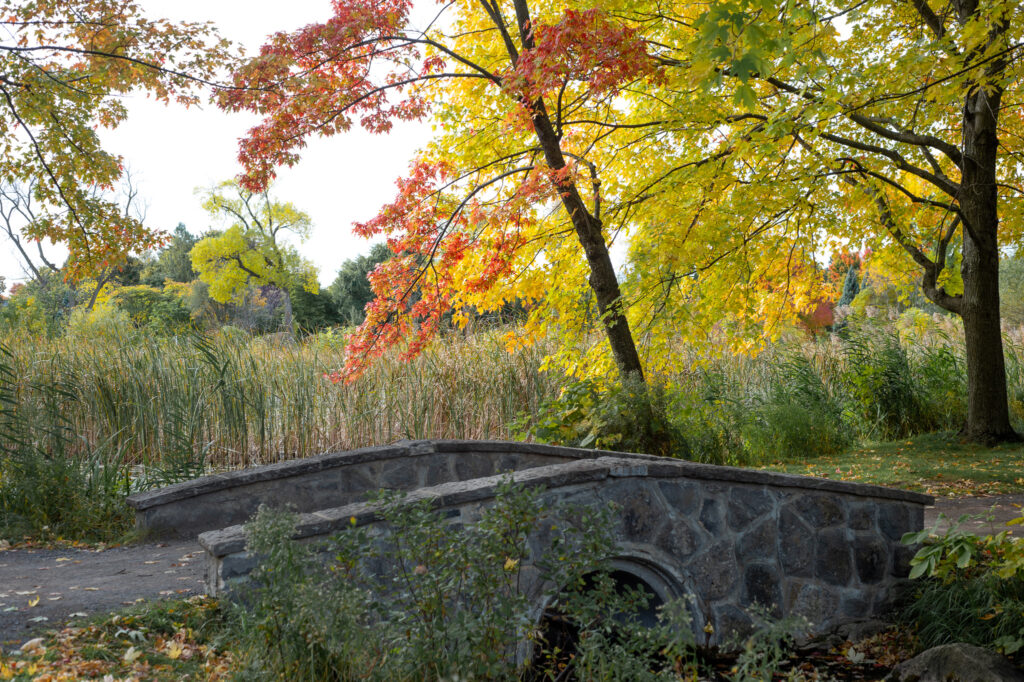
Some trees were apparently overcome completely.
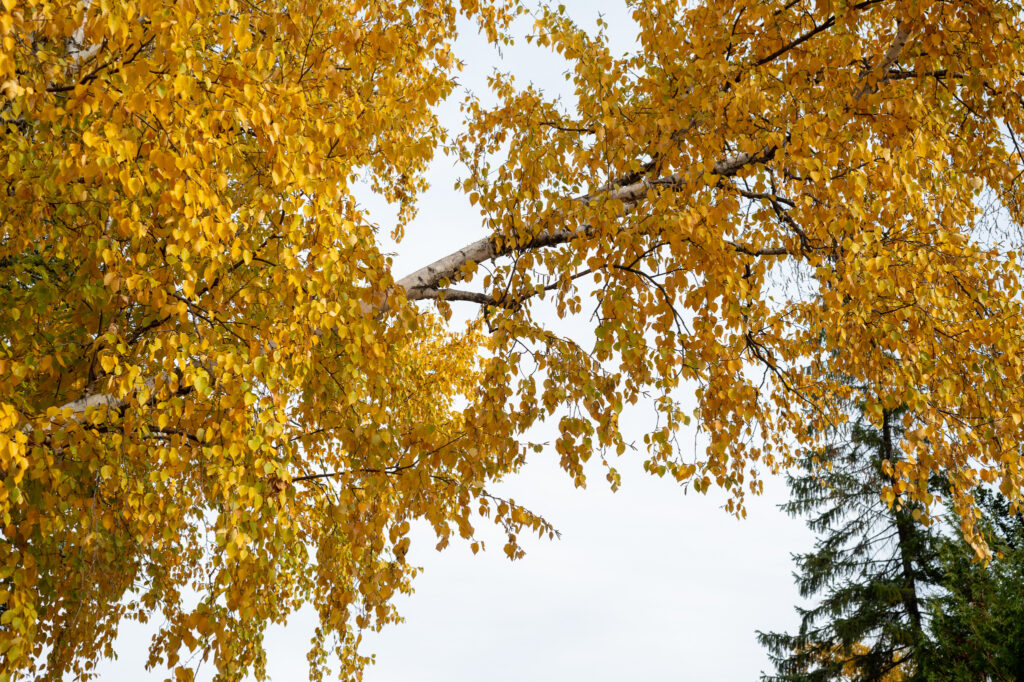
And apparently nobody has succeeded in stopping whatever it is that’s happening.
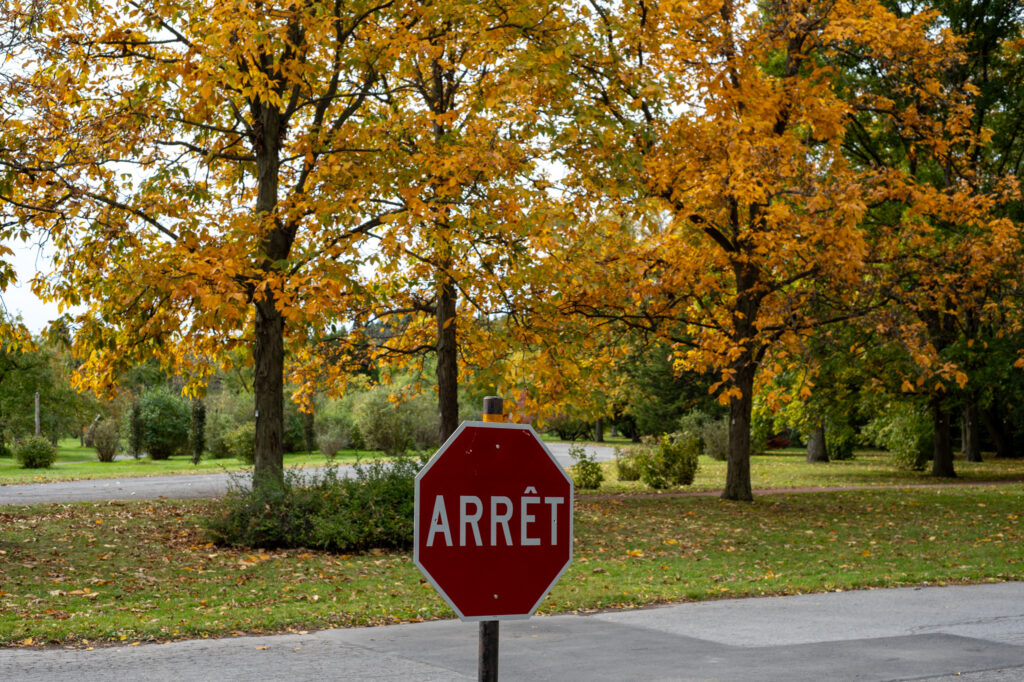
I thought I might be able to do some “citizen science” research on what was happening and help to find a solution to the problem. The proximity of water didn’t seem to be a factor.
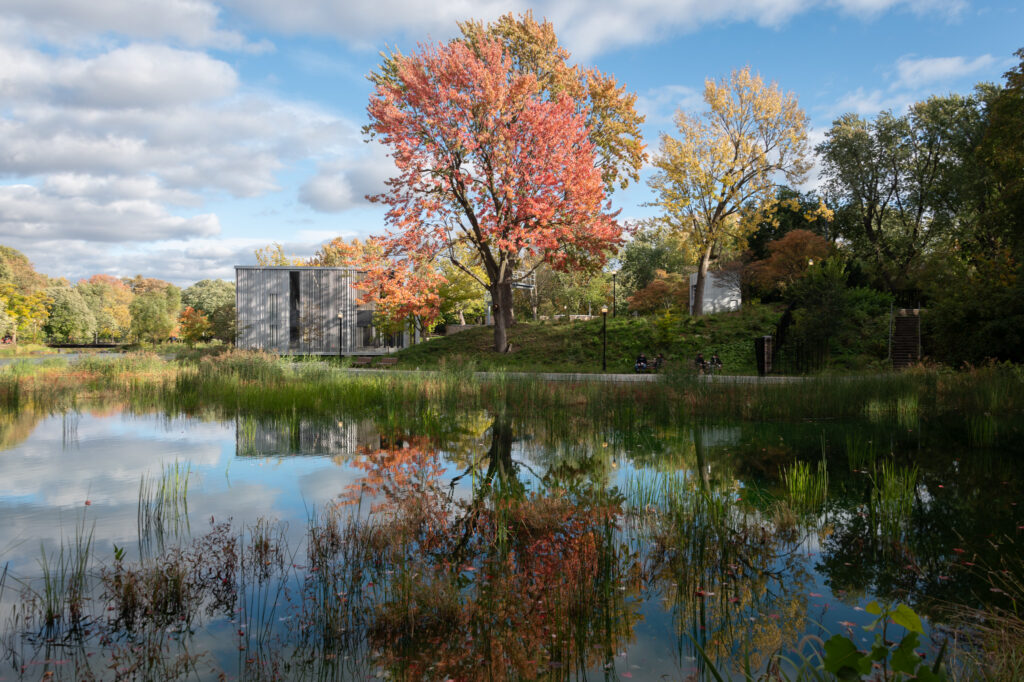
Nor did being in a dense urban environment.
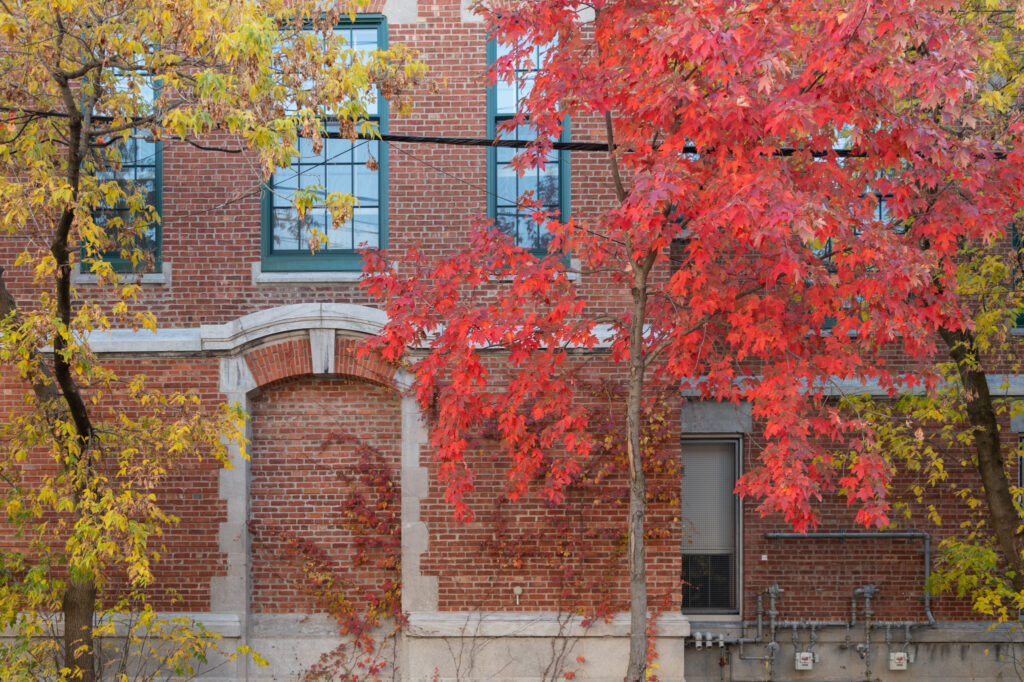
It didn’t seem to matter whether it was a place where lots of people spend time and have picnics.
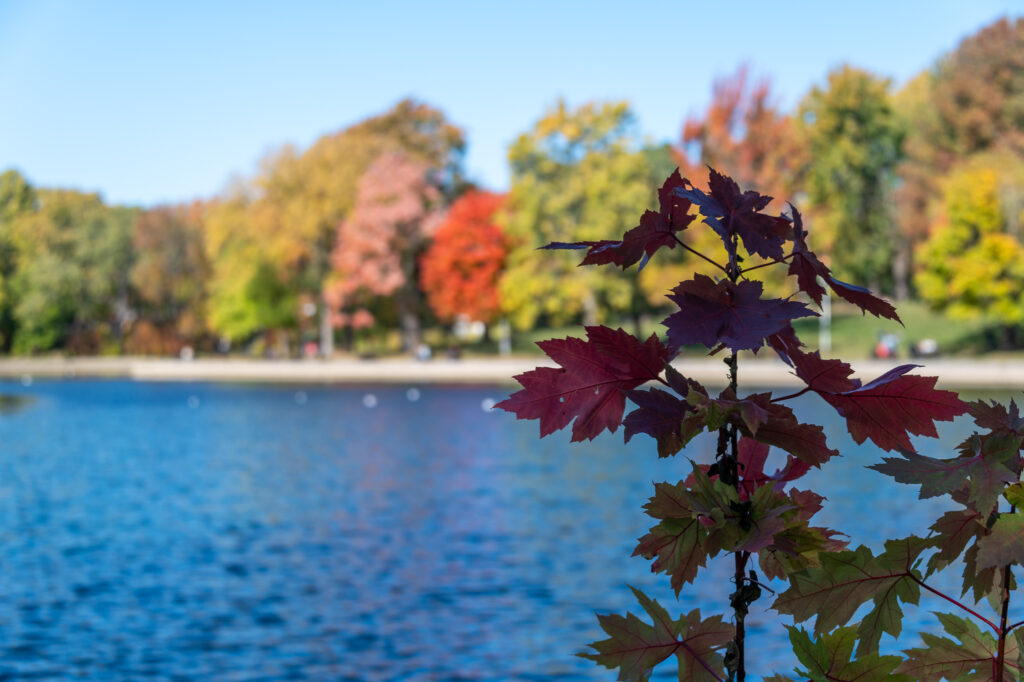
And sea-birds, while present in some cases, didn’t seem to be a factor.

At one point, I was so confused, I tried a pseudo-scientific technique based on the reading of tea leaves, but it yielded no answers.

There was some evidence that the symptoms varied based on the kind of tree affected.
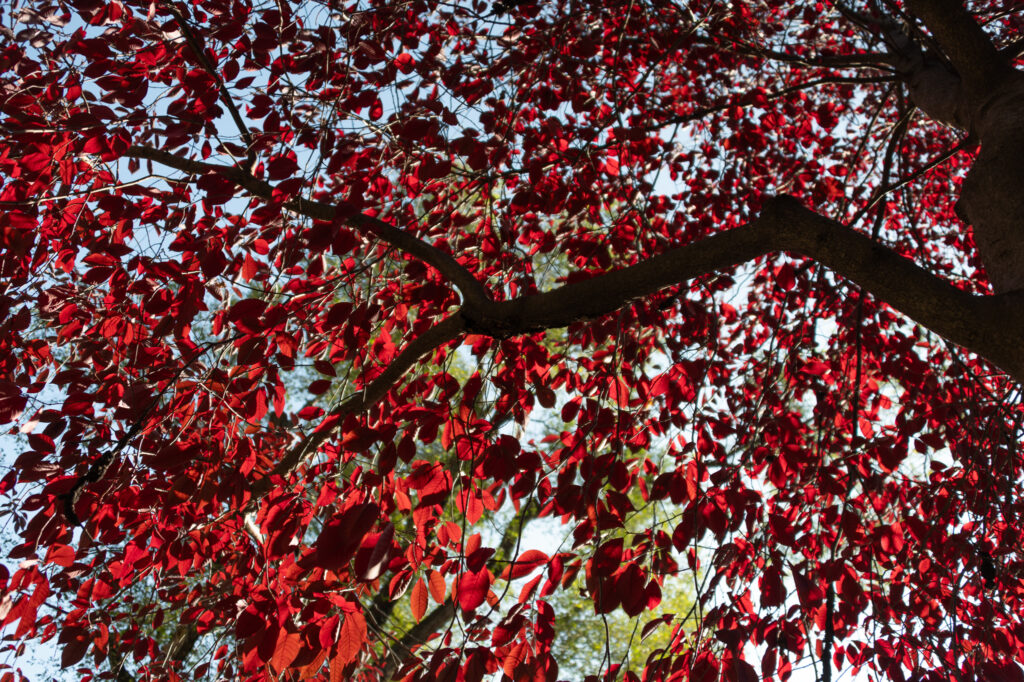
I had a hypothesis regarding the effect and the closest neighboring architecture.
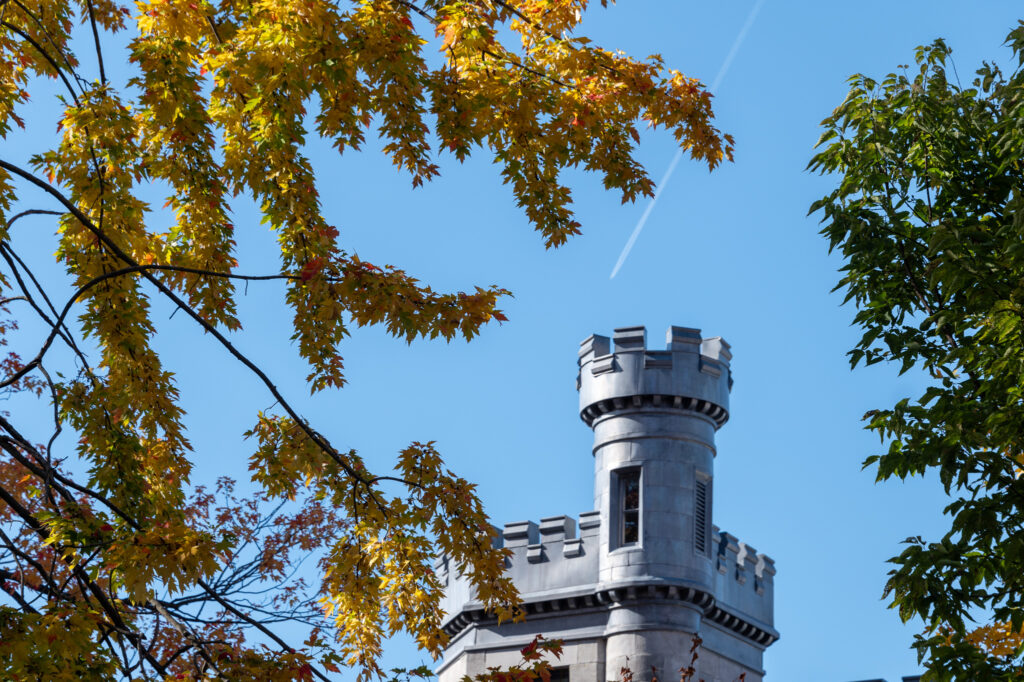
But this hypothesis didn’t survive more rigorous examination of the evidence.
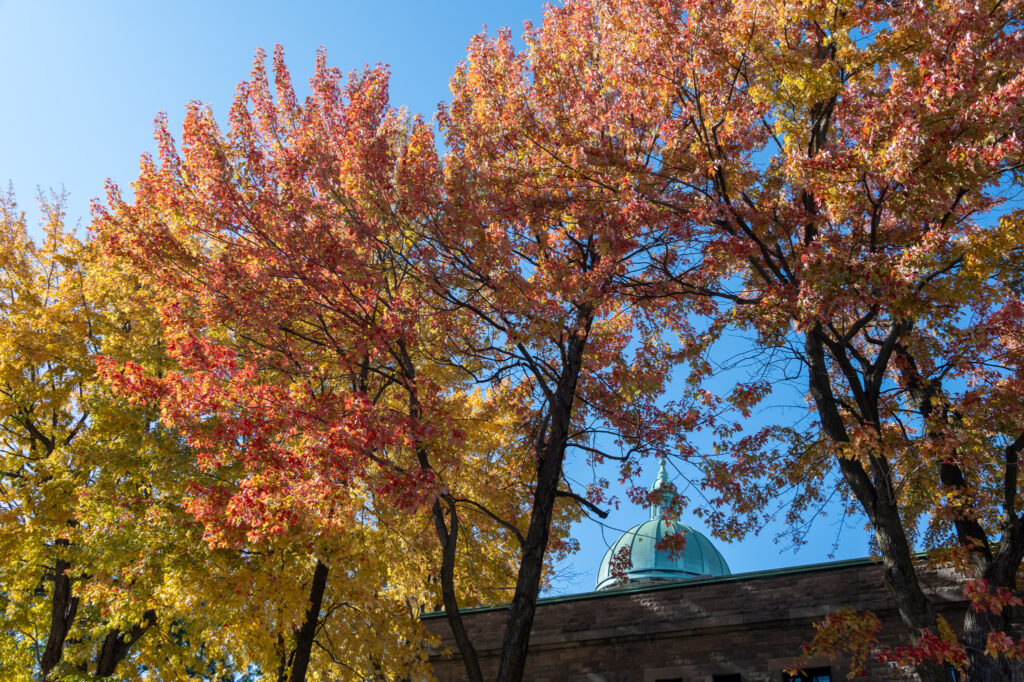
And then, when looking up at Mount Royal, I discovered the effect was spreading up the slopes.
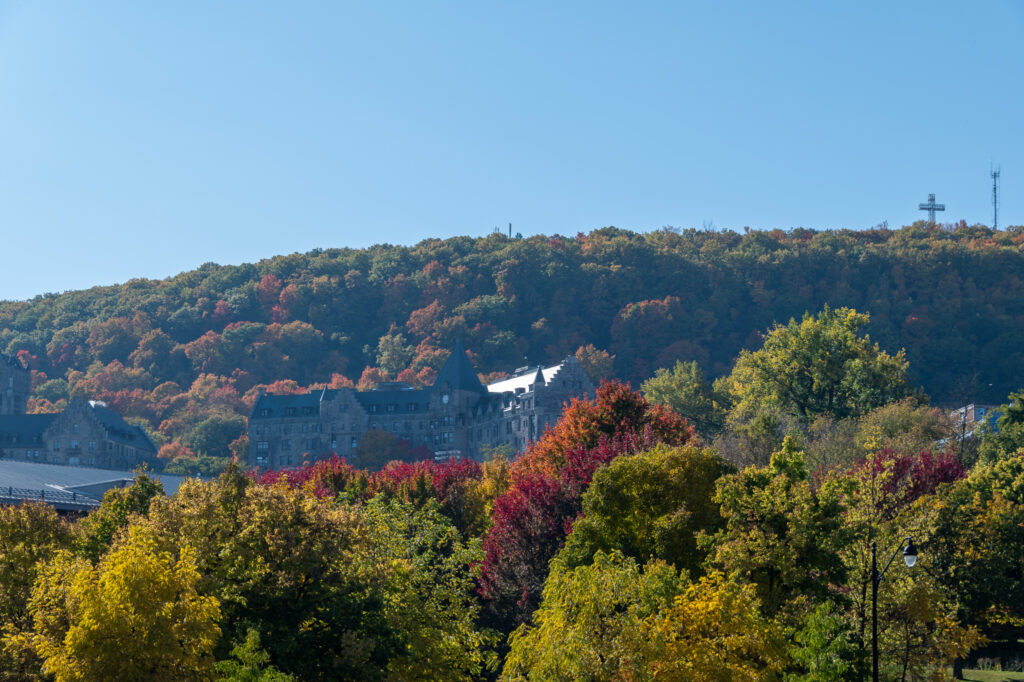
When I went to evaluate this disturbing development, I found numerous other people investigating the same phenomenon.
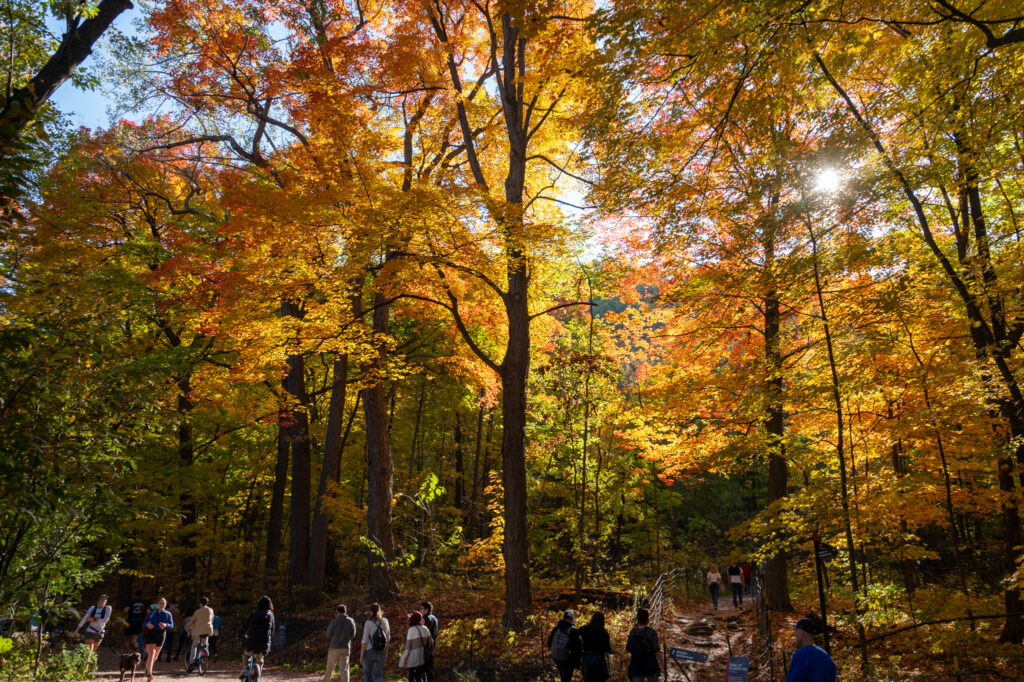
Although there were areas where I was the only one investigating.
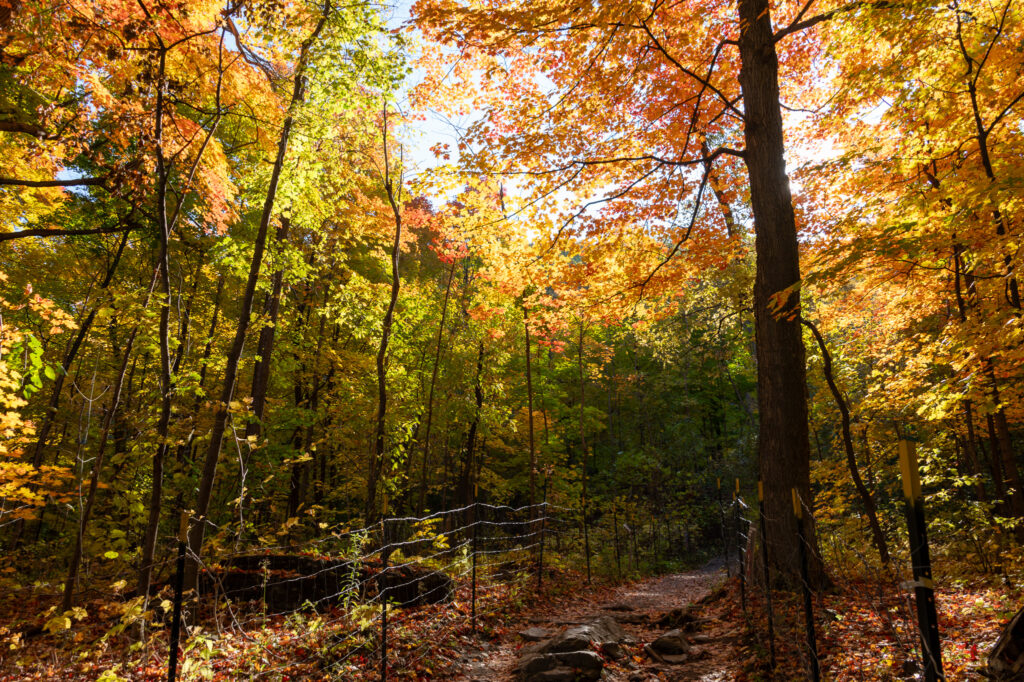
The situation was fairly well advanced in some parts of the forest up there.
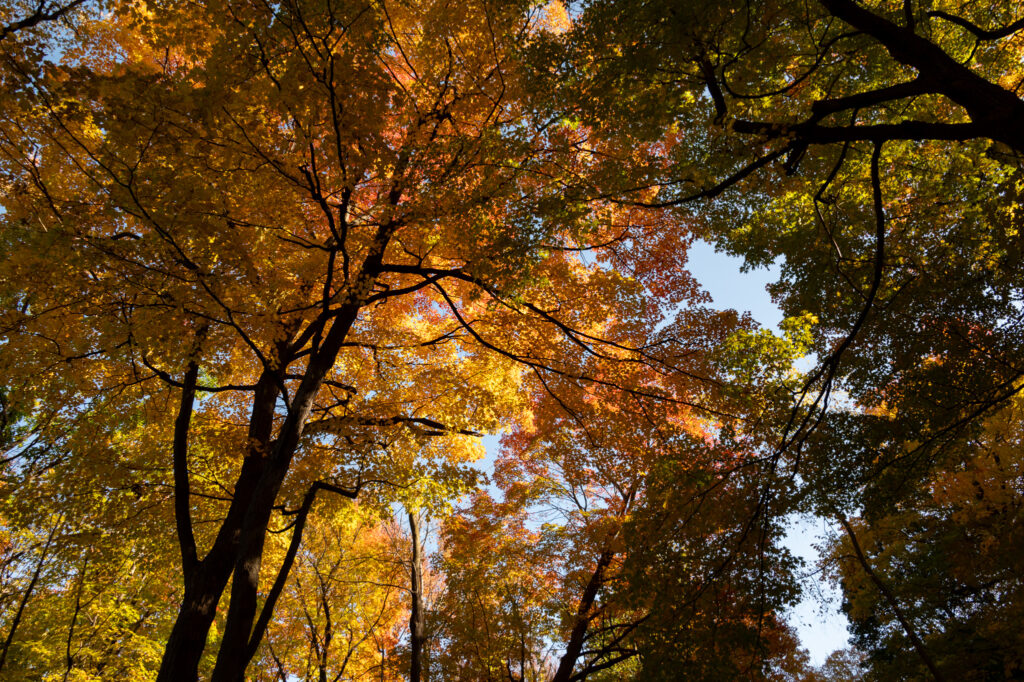
There were whole swaths where every single tree was showing strong symptoms.
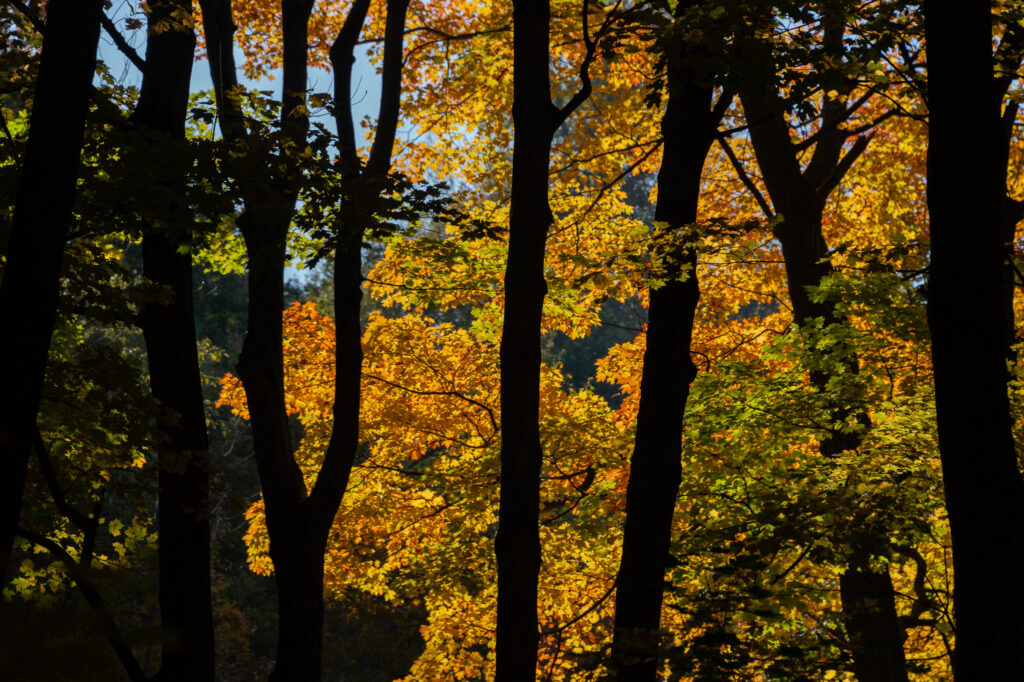
Looking down over the city, I could see the extent of situation.
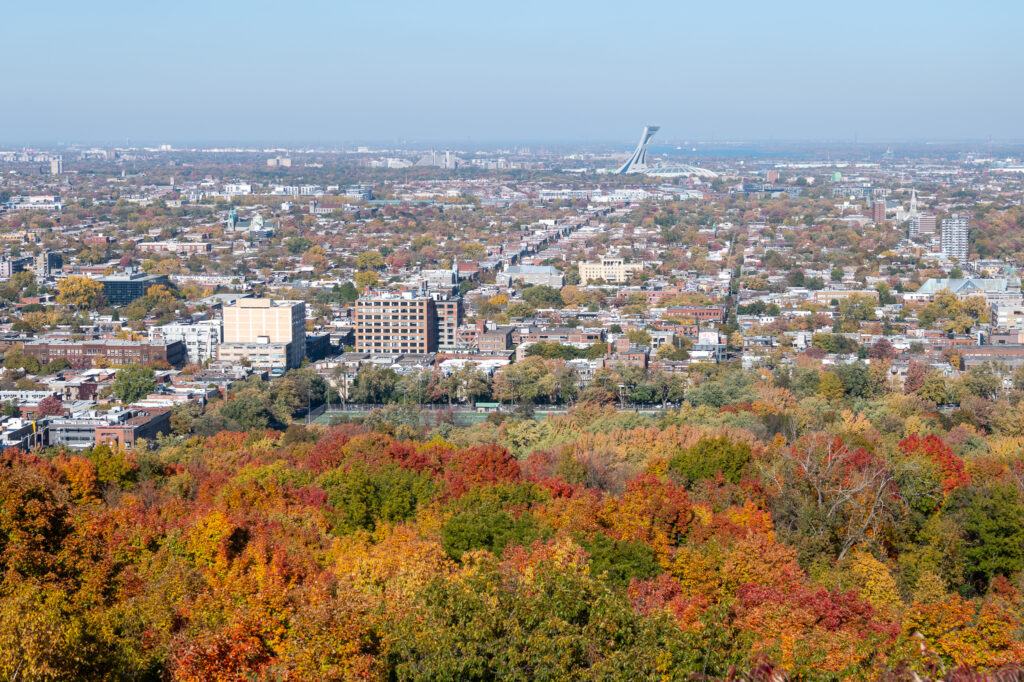
It was heartbreaking to see some fine old trees, tree that had been growing there for decades, thoroughly transformed.
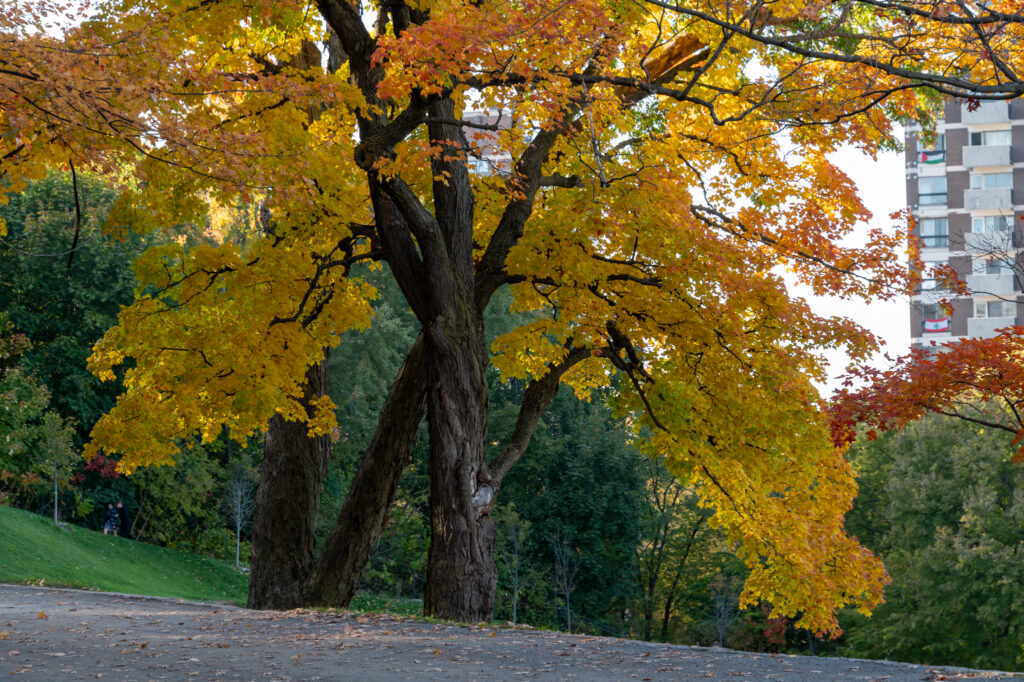
To my surprise, authorities have been unable to slow the spread of this scourge even in important tourist areas.
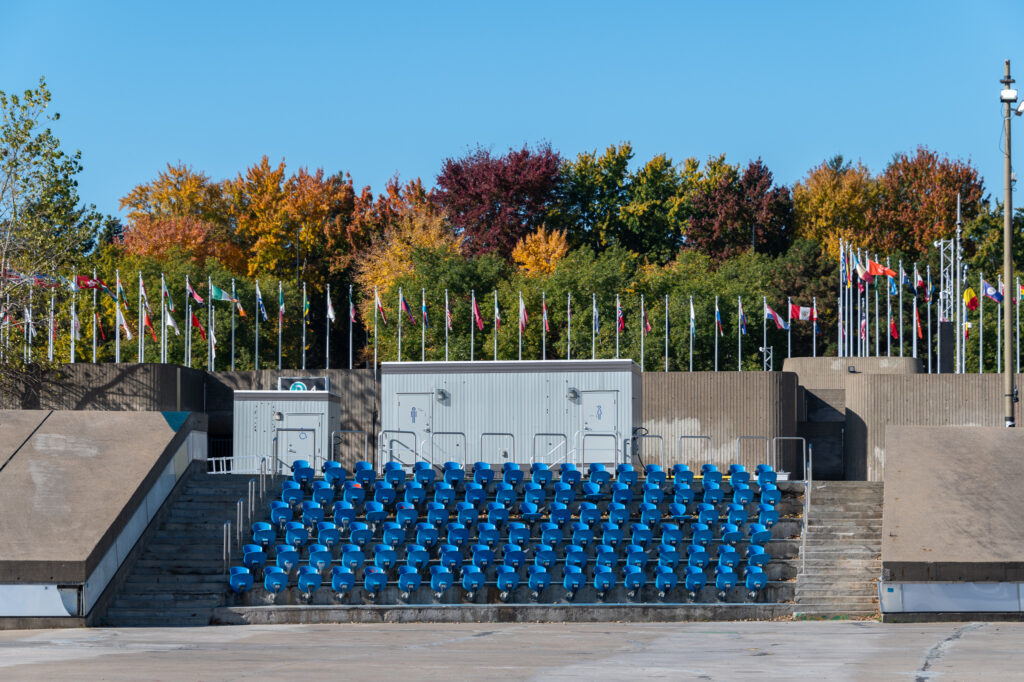
And I was shocked to see the ravages extending into the heart of the Chinese Gardens.
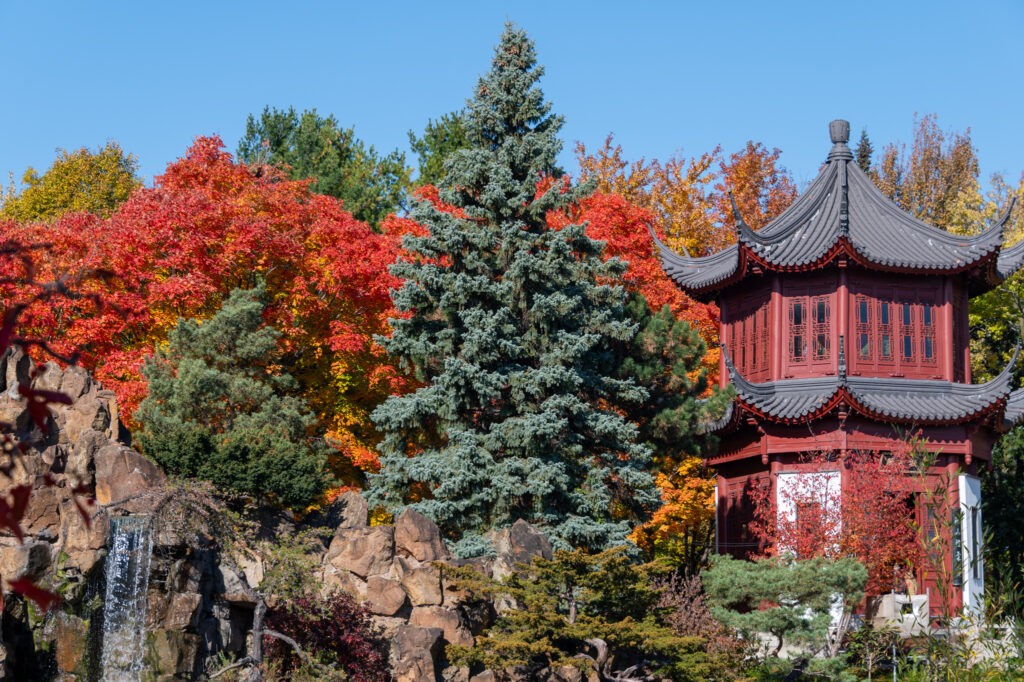
At this point, I was despairing for the beautiful trees of Montreal. I sat myself down under this fine specimen and was lost in lament when I was joined by a botanist from the Jardin. I was overjoyed to hear that something was being done!
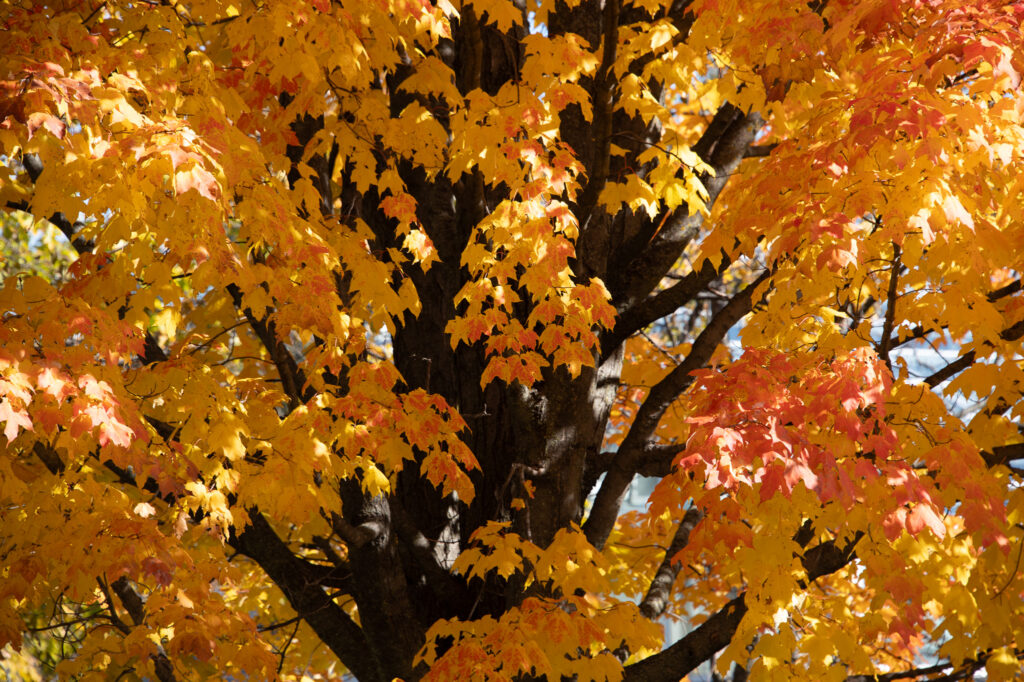
Violating the secrecy surrounding their heroic effort, this botanist revealed to me that an audacious program was already taking effect. This plan was covertly treating the trees of the city. Before long, the trees would begin to shed their afflicted leaves, leaving them completely bare.
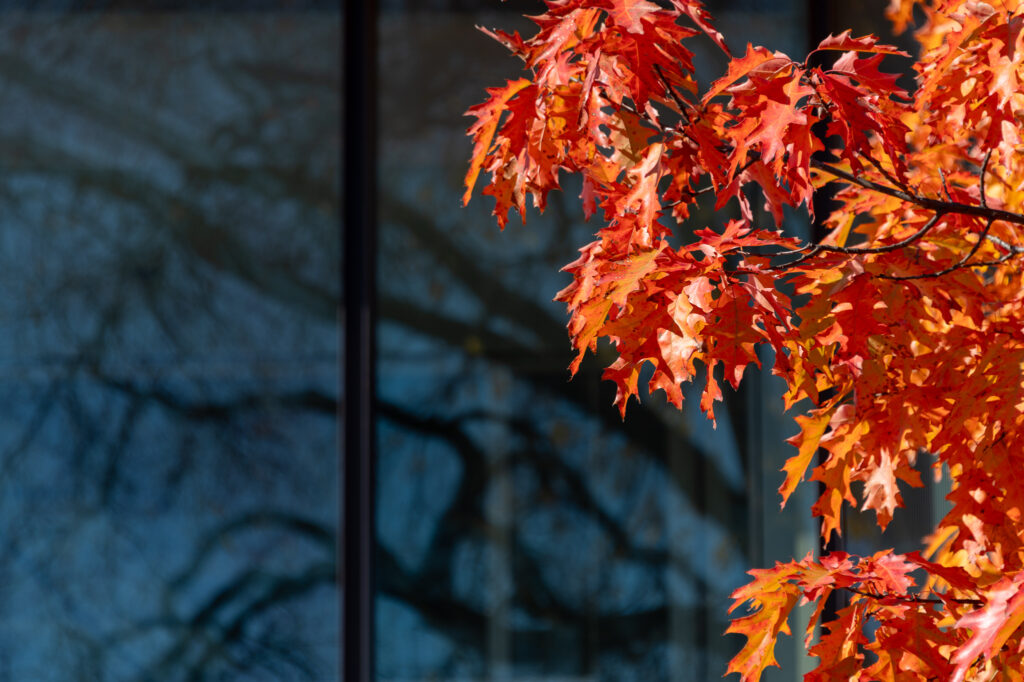
The cold of winter would cure the leafless trees, the botanist assured me. Come springtime, they’d leaf out again, and the city would again be lovely and green, the terrible plague defeated … or at least set back for a while.


5 replies on “Saturation”
Thank you for a beautiful and fun post, S.
Thank you, S! I really enjoyed the beautiful pictures and the fun commentary.
The botanist didn’t just hand you a rake?
Amazing pictures!
Just gorgeous!